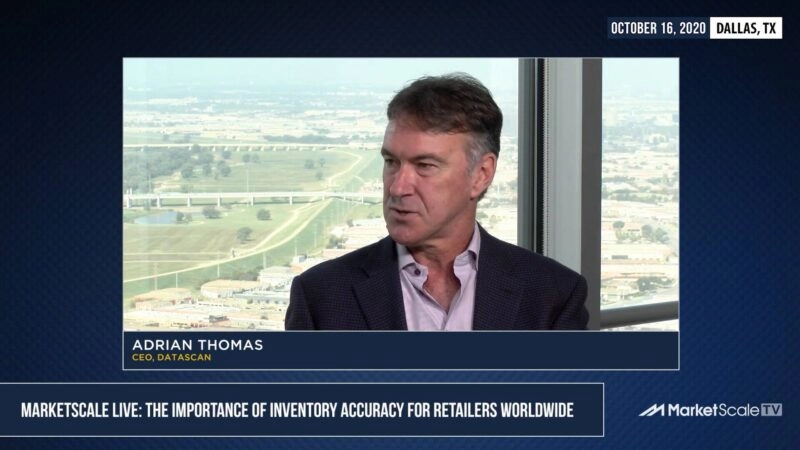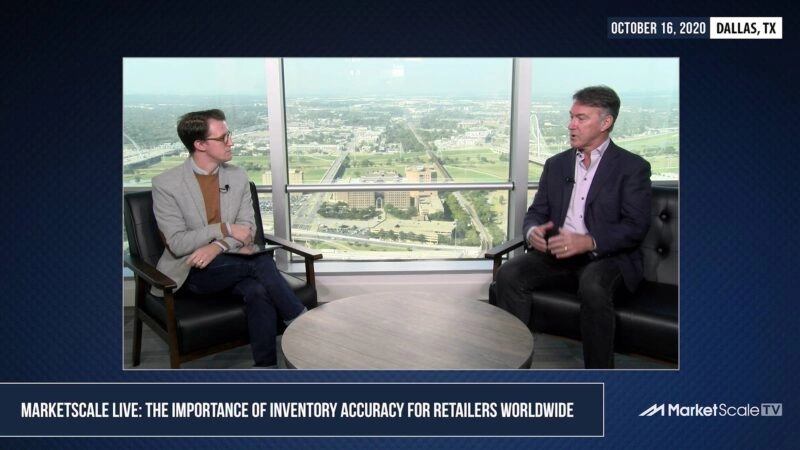What Happens to Returns?
Herb Billings, Datascan’s Vice President of Product Strategy, discusses what happens to merchandise after returns.
“About 25% of all returned items are thrown away, representing five billion pounds annually in the U.S. That has an environmental impact, and it’s a waste of resources,” Billings explained.
Why would a retailer throw away perfectly good items? According to Billings, it’s simply a matter of numbers: “When the cost to restock is greater than expected profit… they toss it.”
Another avenue for returns is donation or incineration, which covers about 10%. Donation is terrific, but why incinerate? “High-end luxury brands don’t want to donate or throw away goods because it can degrade the brand,” Billings said.
Some items do make it back to the shelf. Billings shared examples, like the restocking of tools at home improvement stores. He also noted that 70% of high-end apparel is resold.
The logistics of returns do pose a high cost for retailers. Brick-and-mortar stores prefer in-store returns. Many online retailers have partnerships with brands that have physical stores, like Kohl’s and Amazon.
Another channel for returns is liquidation. “Walmart sells returned electronics online. There are also smaller resellers that take these returns and sell them on eBay,” Billings added.




